Humpback whale entangled in crab pot line in Monterey Bay (photo by Winnie Mulé)
Written by Alaina Lancaster
In 2018, arguing with family members about politics seems just about as inevitable as the post-holiday meal indigestion. The odds are particularly stacked against Kaytlin Ingman and her grandfather for polite discourse.
Ingman is a marine biologist whose research found a correlation between increased whale entanglement and environmental variables. Her grandpa, on the other hand, owns a salmon fishing boat in Alaska. With a little effort, civility prevails. “We have different views on some things,” she said. “We’re both of the mindset that we have to compromise.”
Ingman understands fishing is her grandpa’s livelihood, and they agree that responsible conservation practices are essential. These family ties offered Ingman deeper context for her research as a graduate student at San Francisco State University’s Estuary and Ocean Science Center.
Ingman on research vessel (photo by Dru Devlin, ACCESS Cruise)
In the last few years, the number of whales getting tangled up in fishing gear in local waters has skyrocketed. In 2016, the National Oceanic and Atmospheric Administration reported 71 separate cases of whale entanglement with fishing gear on the West Coast. That is 41 more instances of whale entanglement than in 2014 and the highest annual total since the agency first started keeping track in 1982.
Armed with 30 years of whale sighting data in the Farallon Islands, Ingman set out to find out why more whales were getting caught in fishing equipment than nearly ever before. After scouring over data from 2016 to 2017, Ingman noticed that some species of whales were arriving in Northern California waters a lot earlier than normal.
NOAA image showing unusually warm water temperatures in the Pacific “Blob” in September 2016
The irregular migration patterns started occurring in 2014, at the same time an oceanographic phenomenon called “The Blob” was encroaching on the area. The Blob is a mass of water along the Pacific Coast that is about 3 to 4 degrees Fahrenheit warmer than the surrounding ocean. “At the same time The Blob happened, humpback and blue whales showed up a lot earlier than they had previously— mid-April instead of mid-June,” she said. “That meant they would have interacted a lot more with Dungeness crab fishers.”
Ingman hopes that by tracking water temperatures, conservation groups can predict when whales will arrive. “If it’s been a particularly warm year, they might show up early again, so we could close the fishery or adjust the location of the fisheries so that the whales interact with them less,” she said.
Ingman sharing her research at the Society for Marine Mammalogy’s Biennial Conference in Halifax, Nova Scotia
As climates change and the ocean warms, conservationists have greater pressure to act quickly. Ingman said that a research grant she received from the American Cetacean Society San Francisco Bay Chapter last year helped her speed up her analysis. Ingman also earned a travel grant from the organization, which she used to attend the Society for Marine Mammalogy’s Biennial Conference in Halifax, Nova Scotia. “That was the highlight of my time in grad school,” she said. “I got to meet people from around the world who are just brilliant and working on all these conservation efforts.” Without the grant, she said she wouldn’t have been able to attend the conference and talk with leading experts about her work.
Ingman does not want her research to put the fishing industry in a bad light. “We have to work together to solve this problem,” she said. “Our goal is not to get rid of this industry, and their goal is not to decimate the whale population.” Through sound scientific research and collaboration with fishermen we hope to identify solutions that will protect cetaceans from entanglement while supporting sustainable crab fishing.
Join our mission to protect and conserve whales, dolphins and porpoises through sound scientific research!
You can support important cetacean research and the next generation of marine scientists by making a tax deductible charitable donation today! Together we can make a difference for whales, dolphins and porpoises and their habitats!




